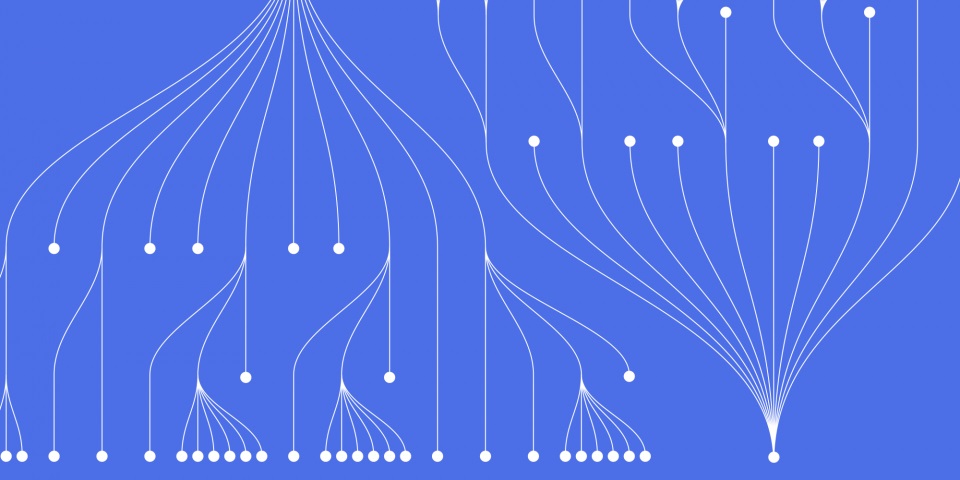Python or R in tomorrow’s world?
Python and R are popular programming languages extensively used by data scientists today. But what about tomorrow – which one is going to be more useful for you in the future? The aim of this article is to help you answer that question. We’ll discuss the two languages, look at some of the differences between them, and analyse the trends in usage and popularity.
The case for Python
According to the 2018 IEEE Spectrum rankings, Python is the top programming language in 2018. It’s based on C, and is closely followed in the rankings by C++ (2nd), Java (3rd) and C itself (4th). Python has been 1st now for two years and is consolidating its position. It’s growing in popularity.
R, on the other hand, is becoming slightly less popular. It is the 7th most popular language in 2018 with a ranking of 82.9 (compared to Python’s ranking of 100). R peaked in 2016 when it was 5th with a ranking of 87.9, and dropped to 6th last year. So it is undergoing a gradual decline.
One reason for Python’s growth in popularity is that it provides a more general approach to data science. It’s more object-orientated than R, has a readable syntax and is easier to learn. It’s particularly popular with developers and programmers.
It also allows you to do most data science tasks with just a few libraries including NumPy, Pandas, SciPy and SciKit-Learn. R is more functional and has a larger number of packages – but there’s more fragmentation. So for example, you need to use separate packages for linear regression and random forest in R, whereas you can do both those and much more with Python’s SciKit-Learn.
Python is also widely used as a large-scale deployment tool, and provides cutting-edge API for machine learning and AI. It’s especially good when you need to integrate the data analysis tasks with web applications.
The case for R
R, of course, is also a state-of-the-art programming language used in data science. It was developed by academics and statisticians, and is based on the way they think. It uses their language. Because of this, R is very popular with formally trained analytics professionals and is relatively easy for them to learn.
It tends to be the first choice for statistical analysis, especially if it’s specialised analytical work. It also has powerful communication and visualization libraries, and excels at both static and interactive visualization of data. There are lots of interactive visualization packages available including Plotly, Dygraphs, Highcharter and Ggiraph.
Summary
So which language should you focus on – Python or R? If you work in data science, you should ideally use both languages. But that’s not always practical because of the time you would need to invest to learn them both.
Moving forwards, though, both languages are likely to remain popular – with Python being the more widely used one.
Here at JBI Training, we provide a range of exceptional training courses for Python and R developers including:
• Python for Data Analysis and Quants training course (3 days) where you learn to use Python for data analysis and visualization – See our
Python for Data Analysis and Quants training course outline
• R for Data Science training course (4 days) where you learn to use R programming language for data analysis – See our
R training course outline
• Python training course (3 days) where you learn Python for data analysis and rapid application development – See our
Python training course outline

